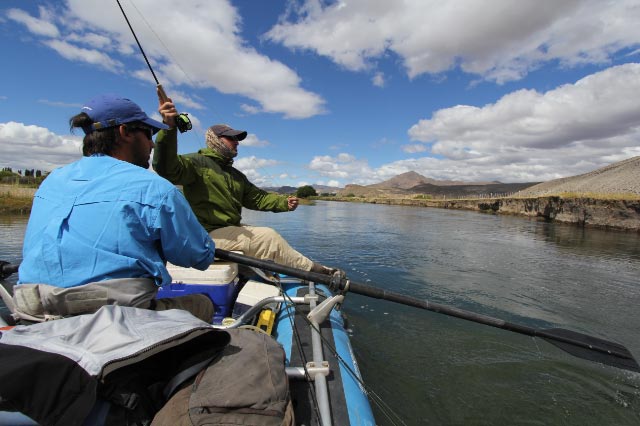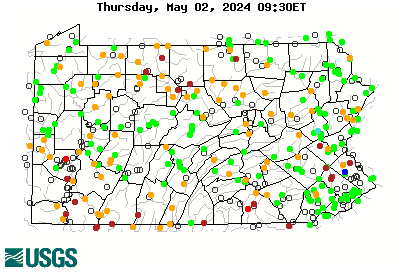Last night on tully, I had success with BH emerald caddis pupa. 15 strikes, 7 sets, 3 to hand (my highstick nymphing is coming along slowly, I was unable to make good sets but I'm getting there) in the 45min I was able to fish before a thunderstorm pushed them down and me out. So nice article, very apropos as I agree that I also over look the caddis both "up-top" and "below" when fishing some of these streams that really have good populations. Nice article!
Last edited:






